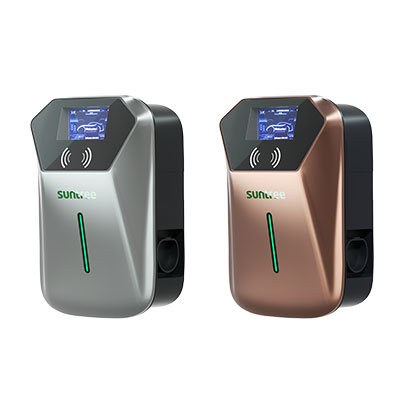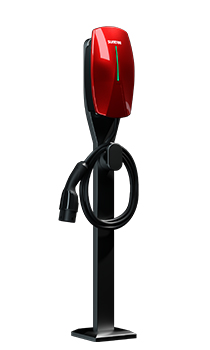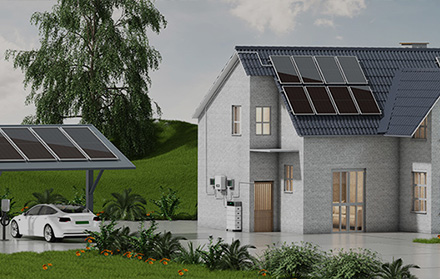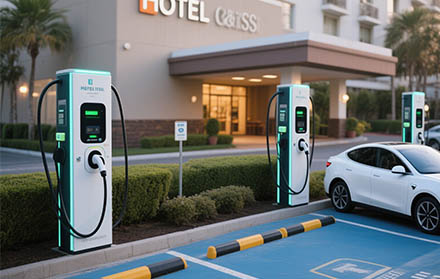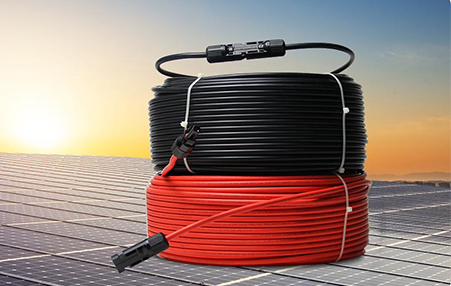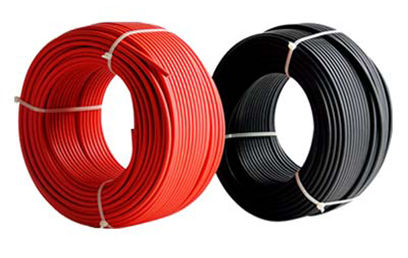Comprehensive Overview of Critical Solar and Electrical Components Driving the Renewable Energy Sector
The global transition toward renewable energy has accelerated demand for advanced electrical components that ensure efficiency, safety, and reliability in solar power systems. From solar cables to automatic transfer switches (ATS), RCBOs, surge protection devices (SPDs), and combiner boxes, each component plays a vital role in modern energy infrastructure. This article provides an in-depth analysis of these key elements, their functionalities, market trends, and technological advancements.
Solar Cables: Ensuring Efficient Power Transmission in PV Systems
Function & Importance
-
Solar cables are specially designed for photovoltaic (PV) applications, offering high UV resistance, weatherproofing, and flexibility.
-
They connect solar panels to inverters, ensuring minimal power loss over long distances.
-
Key standards: TUV, EN 50618, UL 4703 (for fire safety and durability).
Market Trends
-
Increasing demand for H1Z2Z2-K and PV1-F cables due to their superior insulation and temperature resistance (up to 120°C).
-
Growth in floating solar farms and agrivoltaics driving specialized cable requirements.
Automatic Transfer Switches (ATS): Ensuring Uninterrupted Power Supply
Types & Applications
-
Open Transition ATS: Brief power interruption during switching (suitable for non-critical loads).
-
Closed Transition ATS: Seamless transfer (ideal for hospitals, data centers).
-
Soft Load ATS: Gradually transfers load to avoid generator overload.
Key Features
-
Microprocessor-controlled ATS for smart grid compatibility.
-
Hybrid ATS integrating solar, grid, and diesel generators for off-grid systems.
Market Growth
-
The global ATS market is projected to reach $2.5 billion by 2027 (CAGR 6.8%), driven by increasing power outages and renewable integration.
RCBOs (Residual Current Circuit Breakers with Overcurrent Protection)
Why RCBOs Are Essential in Solar Installations
-
Combines earth leakage protection (RCD) and overcurrent protection (MCB) in one device.
-
Prevents electric shocks and fire hazards in both AC and DC solar systems (Type A or B RCBOs for PV applications).
Technical Standards
-
IEC 61009-1 (global standard for RCBOs).
-
Type B RCBOs required for systems with DC leakage currents (e.g., solar inverters).
Industry Adoption
-
Mandatory in residential and commercial solar installations under IEC 60364-7-712.
Surge Protection Devices (SPDs): Shielding Solar Systems from Voltage Spikes
-
Type 1 SPD: Installed at the main distribution board (for lightning strikes).
-
Type 2 SPD: Protects sub-distribution panels (common in PV systems).
-
Type 3 SPD: Point-of-use protection (for sensitive electronics).
Key Considerations for Solar Applications
-
DC SPDs must be used between solar panels and inverters.
-
PV SPDs with Uc ≥ 1.5 x Voc to handle open-circuit voltage.
Market Outlook
-
The global SPD market is expected to grow at 7.2% CAGR, driven by stricter electrical safety regulations.
Combiner Boxes: Optimizing
Solar Array Performance
Solar Combiner Box vs. AC Combiner Box
| Feature | Solar Combiner Box (DC) | AC Combiner Box |
|---|---|---|
| Function | Combines multiple PV strings | Merges inverter outputs |
| Key Components | DC breakers, fuses, SPDs | AC breakers, surge protection |
| Voltage Level | 600V–1500V DC | 230V/400V AC |
Advanced Features
-
Smart combiner boxes with IoT monitoring for real-time string-level diagnostics.
-
Arc-fault detection to prevent fires in DC systems.
DC Circuit Breakers: Critical for Solar Safety
Types & Applications
-
PV DC Breakers: Designed for high-voltage DC (up to 1500V) in utility-scale solar farms.
-
Miniature DC Breakers: Used in residential and commercial systems.
Market Growth Drivers
-
Rising adoption of 1500V solar systems requiring higher-rated DC breakers.
-
Increasing demand for battery energy storage systems (BESS).
Stainless Steel Cable Glands: Ensuring Durability in Harsh Environments
Why Stainless Steel?
-
Corrosion-resistant (ideal for coastal and industrial areas).
-
IP68-rated for waterproof installations.
Applications
-
Solar farms, offshore wind turbines, marine installations.
DC Solar Isolators: Safe Maintenance & Disconnection
Key Features
-
Polarized design to prevent reverse polarity.
-
Lockable handles for safety compliance (IEC 60947-3).
Market Trends
-
Shift toward rotary isolators for higher reliability.
Future Trends in Solar & Electrical Components
-
Smart ATS & SPDs with remote monitoring via SCADA systems.
-
Solid-state DC breakers for faster fault interruption.
-
Modular combiner boxes with integrated energy storage interfaces.
Conclusion
The solar and electrical component industry is evolving rapidly, with innovations in solar cables, ATS switches, RCBOs, SPDs, and combiner boxes enhancing efficiency and safety. As renewable energy adoption grows, these components will play an even more critical role in ensuring reliable and sustainable power infrastructure.
For industry professionals, staying updated on these advancements is essential to optimize system performance and comply with evolving safety standards.



